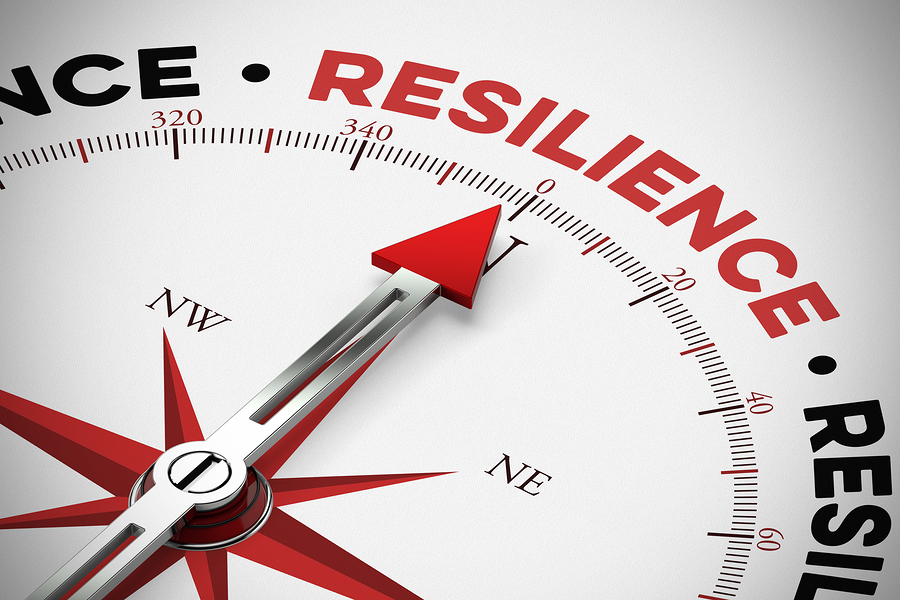"Dream, Dream, Dream! Conduct these dreams into thoughts, and then transform them into action."
- Dr. A. P. J. Abdul Kalam
"Dream, Dream, Dream! Conduct these dreams into thoughts, and then transform them into action."
- Dr. A. P. J. Abdul Kalam
29 Feb 2024
Resilience refers to both the process and the outcome of successfully adapting to difficult or challenging life experiences, according to the definition from the American Psychological Association (APA).
It has the mental, emotional, and behavioral flexibility and ability to adjust to both internal and external demands, as per the APA. “You can withstand adversity and bounce back and grow despite life’s downturns,” says Amit Sood, MD, the executive director of the Global Center for Resiliency and Well-Being and the creator of the Resilient Option program. (Dr. Sood is also a member of the Everyday Health Wellness Advisory Board.) It’s important to note that being resilient requires a skill set that you can work on and grow over time. Building resilience takes time, strength, and help from people around you; you’ll likely experience setbacks along the way. It depends on personal behaviors and skills (like self-esteem and communication skills) and external things (like social support and resources available to you). Being resilient does not mean that you don’t experience stress, emotional upheaval, and suffering. Demonstrating resilience includes working through emotional pain and suffering.

Using the Power of Positive Reading ~
In a world inundated with distractions, cultivating a reading habit is a precious gift we can give ourselves. The benefits of regular reading are manifold, from cognitive growth and expanded vocabulary to enhanced empathy and creativity. Moreover, reading provides a sanctuary of relaxation and a path to lifelong learning. It is a habit that transcends time, age, and technology, making it one of the most valuable pursuits we can engage in. So, let us turn off our screens, open a book, and embark on a journey of personal and intellectual enrichment—one page at a time.
![Student Don't Spend Enough Time in Reading Books [1 min read]](https://fairgaze.com/images/UploadedImages/thumbs/0292280_0292280_edu_600x314.jpg)
Addressing Resilience Theory:
People face all kinds of adversity in life. There are personal crises, such as illness, loss of a loved one, abuse, bullying, job loss, and financial instability. There is the shared reality of tragic events in the news, such as terrorist attacks, mass shootings, natural disasters, a global pandemic, and war. People have to learn to cope with and work through very challenging life experiences. Resilience theory refers to the ideas surrounding how people are affected by and adapt to challenging things like adversity, change, loss, and risk. Researchers have studied resilience theory across different fields, including psychiatry, human development, and change management. Resilience theory tells us that resilience isn’t a fixed trait (you can grow your capacity to practice resilience). And it’s not constant, in that you might demonstrate a lot of resilience when it comes to one challenge you’re faced with, but struggle more with being resilient when it comes to another stressor you’re up against. Flexibility, adaptability, and perseverance can help you tap into your resilience by changing certain thoughts and behaviors. Research shows that when students believe that both intellectual abilities and social attributes can be developed and improved — commonly known as having a “growth mindset” — they increase their resilience, showing a lower stress response to adversity and improved performance.
![PDF] A CRITICAL REVIEW OF RESILIENCE THEORY AND ITS RELEVANCE FOR SOCIAL WORK | Semantic Scholar](https://d3i71xaburhd42.cloudfront.net/5eea1e6e9fa7c519a2418742e39a7bdf2f872eb0/5-Figure1-1.png)
Sood says resilience involves these five principles:
How Do I Train Myself to Be More Resilient?
The good news is that resilience can be learned. And it’s not about learning how to “grin and bear it” or to “get over it.” Nor is it learning to avoid obstacles or resist change. Building resilience is a process by which people become better at reframing thought patterns and tapping into a strengths-based approach to working through obstacles. As a process, it doesn’t happen overnight, and even if you are already resilient, it’s something you have to work at to maintain. The following are steps that can help you build resilience over time.
Resilience is not a permanent state. You may feel equipped to manage one stressor and overwhelmed by another. Remember the factors that build resilience and try to apply them when dealing with adversity!